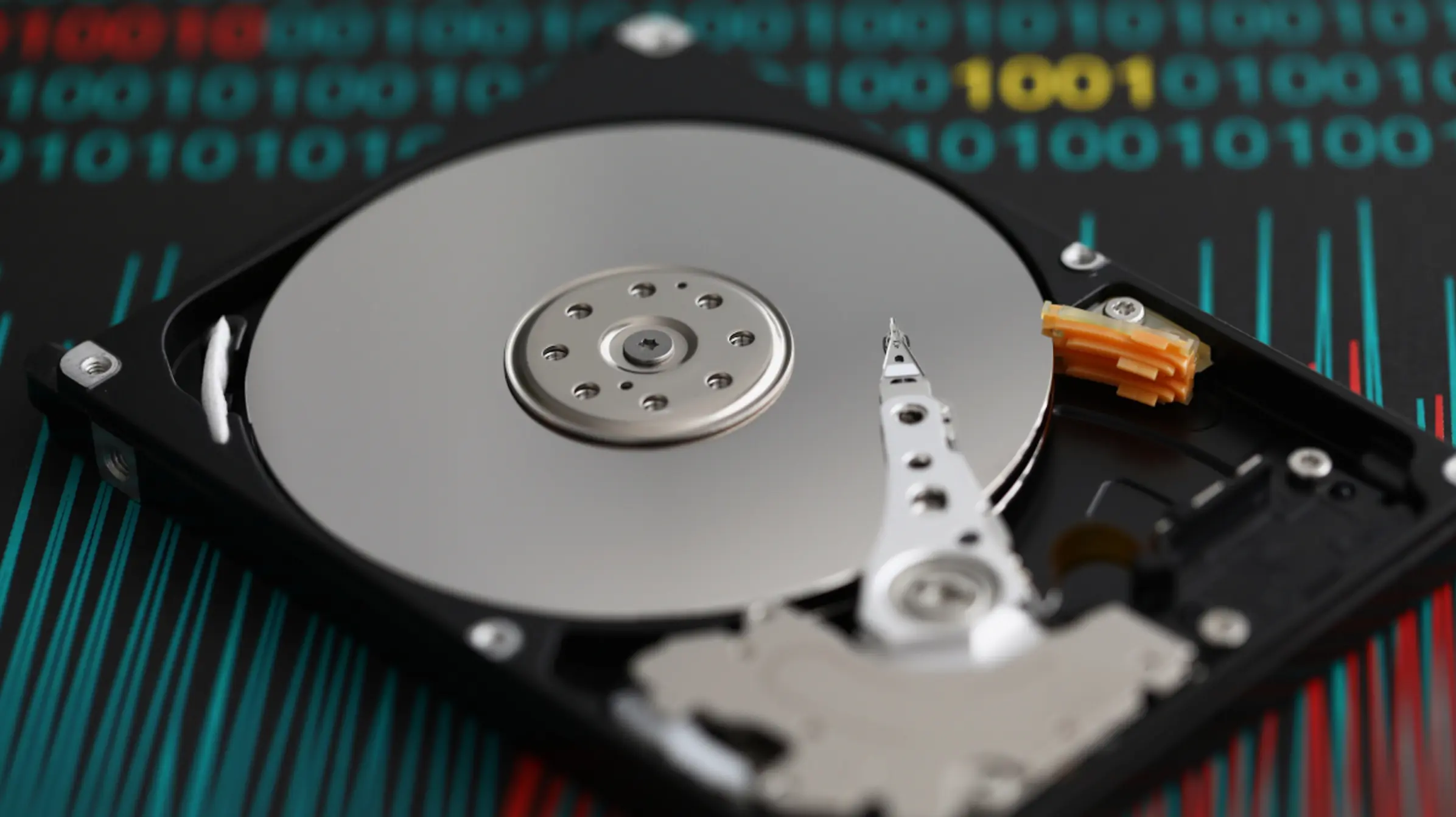
Formatting your secondary hard drive is your best option if you want more space in your memory to install new video games. Whether you’re choosing an internal or external hard drive, the formatting process is the same whether you’re using a Windows 10 or Windows 7 operating system.
Windows hard drives can also be partitioned. Smaller internal ones are generally labeled with names like D, E, F, etc. These are your internal drives. External hard drives are like USB drives or external storage devices.
These secondary hard drive is easier to format as they don’t have the operating system installed like your primary drive (often labeled as Drive C). To proceed with your formatting, follow the steps below:
Steps on How to Format a Hard Drive in Windows
- Start up your gaming PC.
- Hold the Windows key and type in R to open the Windows Run dialog box.
- Once the Run dialog box opens, type in “diskmgmt.msc,” then click OK. This will open the Disk Management window.
- On the Disk Management window, select the drive you want to format. Right-click the drive and choose Format. You can also choose to change the name of your drive if you wish.
- Wait for the Format box to pop up where you can choose the file system for your hard drive. There are three types of file types you can choose from NTFS, FAT32, and exFAT.
- Decide whether you want a quick format or full format, then click OK.
- Don’t turn off your PC as the formatting process proceeds. Wait for it to be finished, and you’re done.
How to Choose the Right File System Type
As stated above, you must choose the file system type for your secondary hard drive. When using a Windows operating system, you can choose between the file types: (1) NTFS, (2) FAT32, and (3) exFAT.
Here’s the difference between the three file system types:
NTFS (New Technology File System)
When formatting your hard drive with your operating system, you must choose NTFS as its file system type. NTFS is the default and modern Windows file type.
This file system type is best for formatting external hard drives since it is compatible with many storage devices.
NTFS is also the best file system option if you wish to transfer large files. This is because it features basic file security and supports files over 4GB in size. It also helps users to set advanced permissions.
FAT32 (File Allocation Table 32)
FAT32 is an old file type that dates back to the Windows 95 operating system. While it is compatible with the largest range of file types, this file type system will not allow you to store anything over 4GB.
exFAT (Extended File Allocation Table)
The exFAT file system type is designed for removable storage devices such as SD cards, USB drives, and other external hard drives. It is designed to let you transfer files between different operating systems.
Users can choose the exFAT file system if they want to move files from Windows to Mac devices or vice versa. You also use this file system type if you want your files to be compatible with both Mac and Windows operating systems.
Remember that when choosing NTFS and FAT32 as file system types, your hard drive file system will eventually become fragmented. This means that you will need to defragment them occasionally in the future.
What are Format Types?
Hard drives become cluttered with cached data, duplicate, and junk files over time. This clutter can slow down your gaming PC and reduce its performance. In some cases, it even causes your system to crash and freeze.
By formatting your hard drive, you can remove everything so it can clean your system and improve its processing speed.
When formatting your hard drive, you can choose two format options on Disk Management. And here’s the difference between the two:
#1 Quick Format
A quick format will allow users to overwrite any files on the hard drive. However, this doesn’t mean that they fully erase them. Using the right software will enable you to recover the old files on your hard drive.
Choosing a quick format is the best option if you want to clean the hard drive but continue using it.
You can do a quick format in Windows by choosing either the FAT or NTFS file system type formats.
#2 Full Format
The full format option lets users erase any files from the disk, including changing the file system and checking the disk for bad sectors.
Choosing this type will be significantly longer than a quick format, as it deletes the file from the drive. However, it is not a secure solution for removing all the data. A secure format will require external software to perform.
***
For more tips and guides on PC maintenance, follow our blog at CyberPowerPC.com.
Sources: